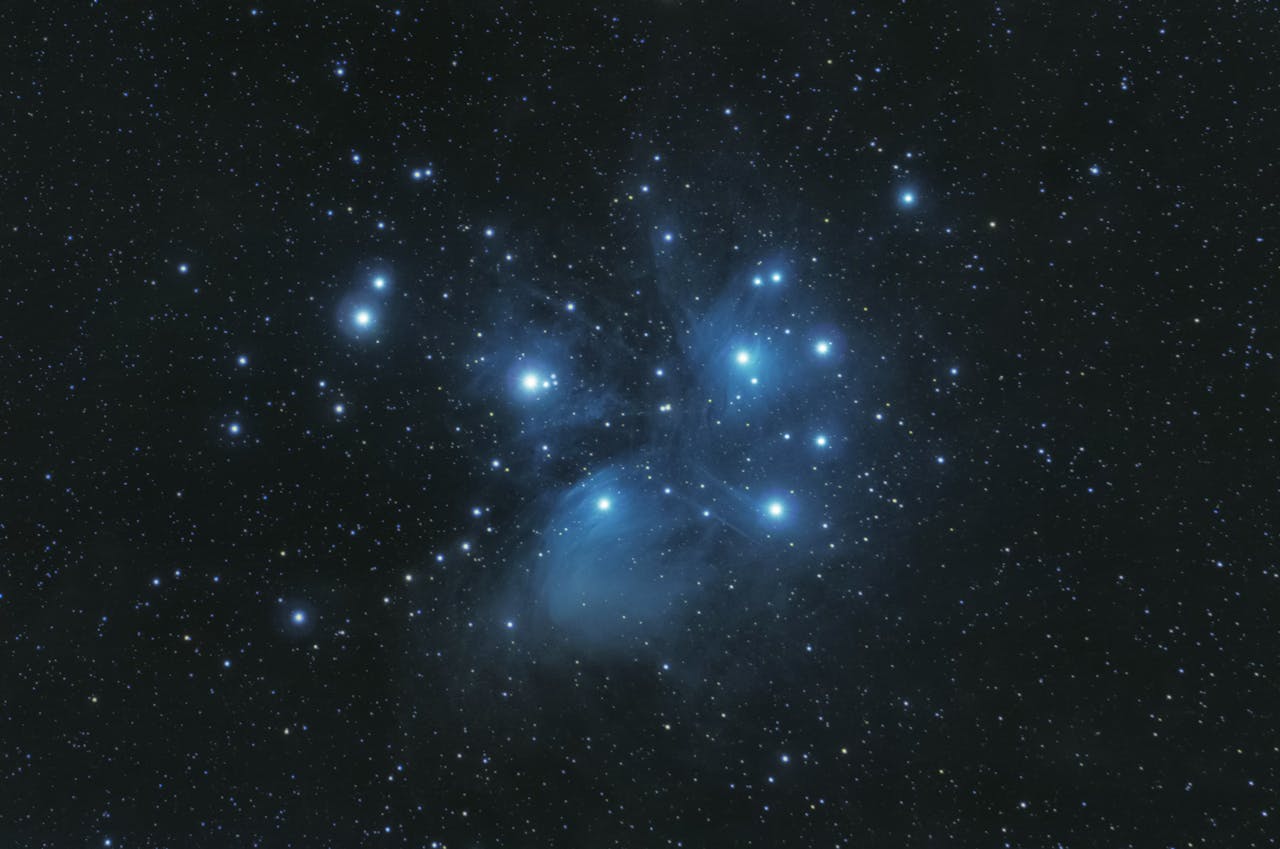Space is full of surprises that refuse to fit tidy answers. Some finds look simple at first glance, then break the rules on closer study. From a cigar shaped visitor that sped up as it left, to ghostly radio circles hanging alone in the sky, the universe keeps scientists guessing. These six objects are real, measured, and still puzzling. Each has leading ideas, yet no single explanation wins. That makes them perfect mysteries for curious minds. Curiosity thrives where answers remain open, and these cases show how science grows by testing bold ideas against stubborn facts.
1. Oumuamua
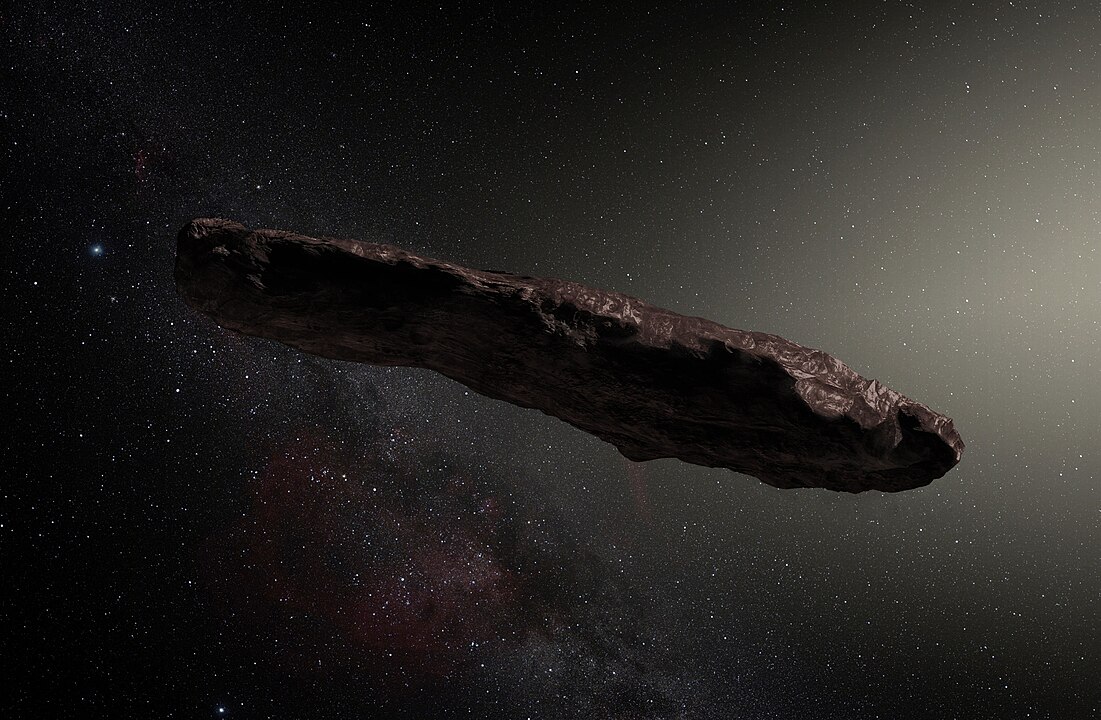
The first known interstellar visitor was spotted in 2017 and named Oumuamua. It was small, oddly shaped, and turned faint fast. As it left the Sun it sped up in a way that did not match gravity alone. Usual comet jets were not seen, and its shape seemed more like a flat shard than a pebble. Ideas include icy gas escaping in ways we could not see, a fluffy dust slab, or a weird fragment. None satisfy everyone yet. New telescope arrays and future probes may spot another visitor and finally show which idea fits the facts best.
2. Tabby’s Star
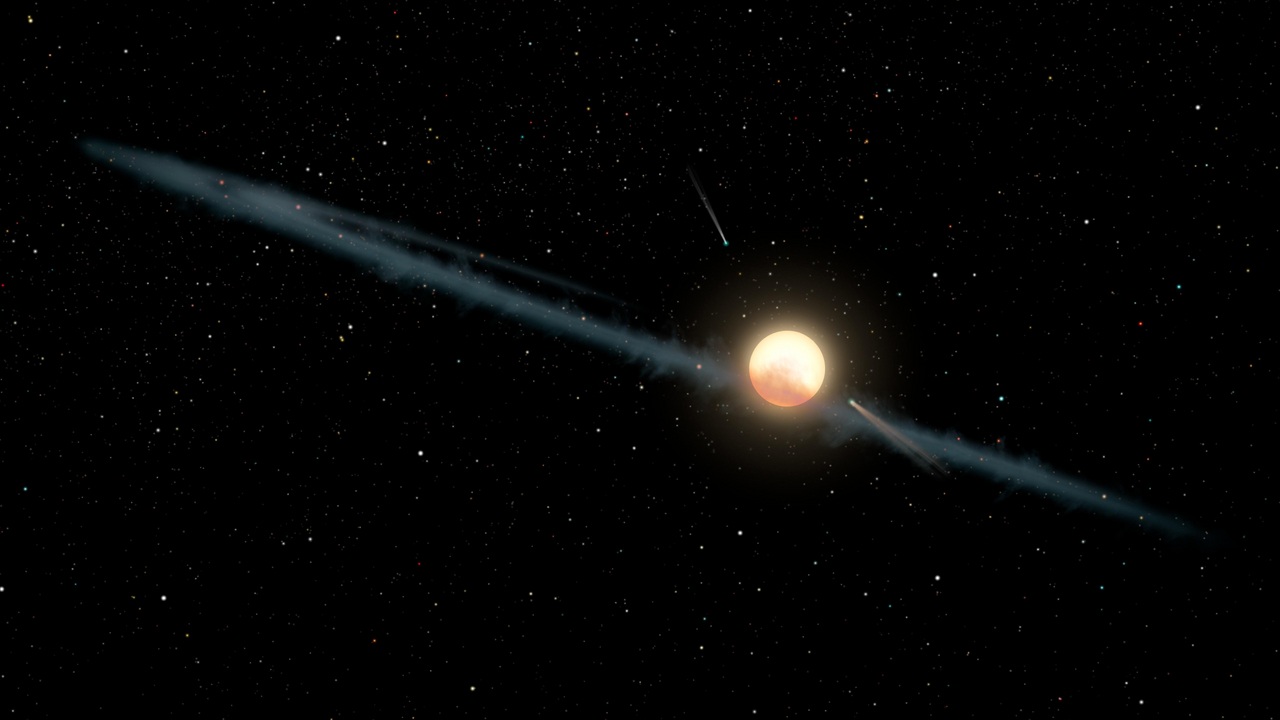
Also called Boyajian’s Star, this sun dims by huge amounts at odd times and for odd lengths. The pattern is messy and keeps changing. Early hype talked about giant structures, but dust of mixed sizes fits parts of the data better. Even so, the long term fade and the random dips still do not line up into one clean story. Astronomers keep watching with many telescopes, but a complete picture of why it dims remains unfinished. New surveys in many colors of light aim to separate dust from any deeper cause and settle the long debate.
3. Saturn’s Hexagon
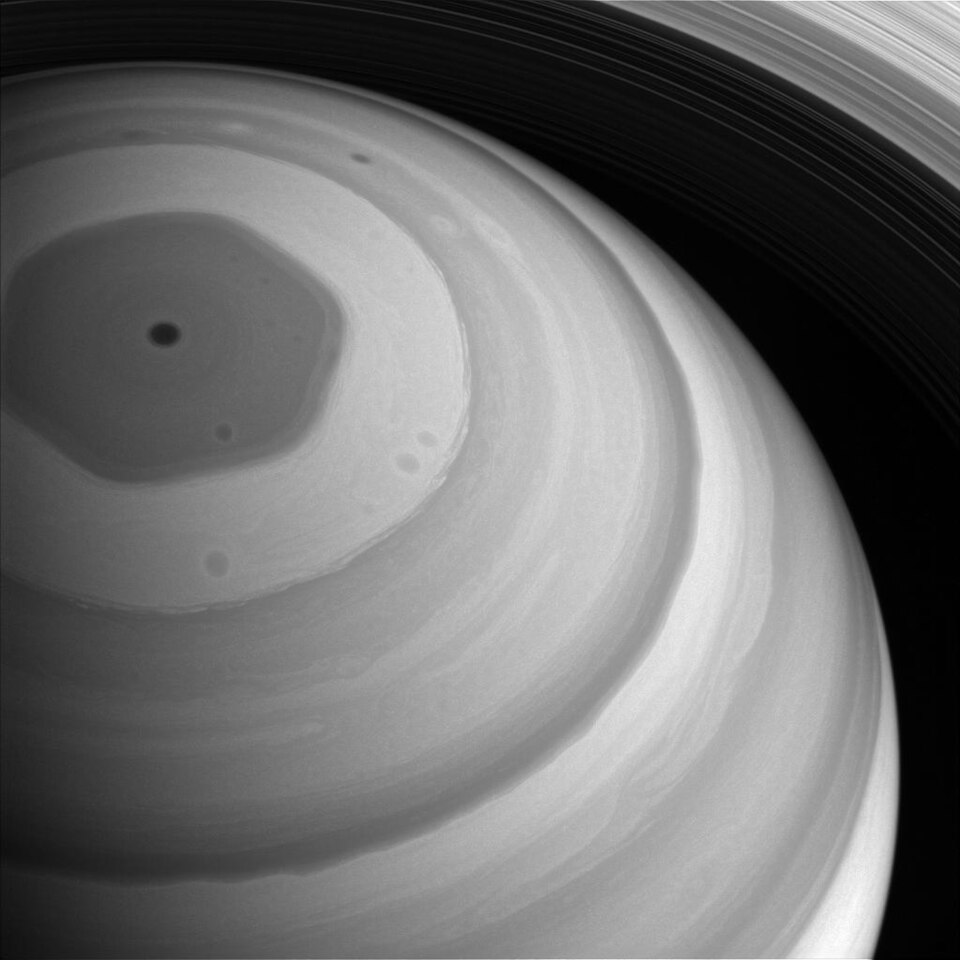
At Saturn’s north pole a sharp hexagon-shaped jet stream has spun for decades. It is wider than Earth and keeps its six sides even as seasons change. Lab tests and computer models can make similar shapes using waves in fluids, yet no single model nails every detail we see. The hexagon’s height, color changes, and long life add puzzles. It stands as a huge, neat, and stubborn feature that weather science is still trying to pin down. Future missions that sample winds and clouds directly could reveal why the edges stay straight for so long in such harsh weather.
4. Odd Radio Circles

Astronomers found perfect looking rings in deep radio images and named them odd radio circles. They do not match normal galaxies and they are not supernova shells near us. Many sit around a faint central galaxy, hinting at giant shock waves from past events. Others look lonely. Ideas include blast fronts from big black hole outbursts or colliding galaxy winds. For now they are silent halos, bright in radio light, that challenge simple labels in our catalogs.
5. Neptune’s Ring Arcs
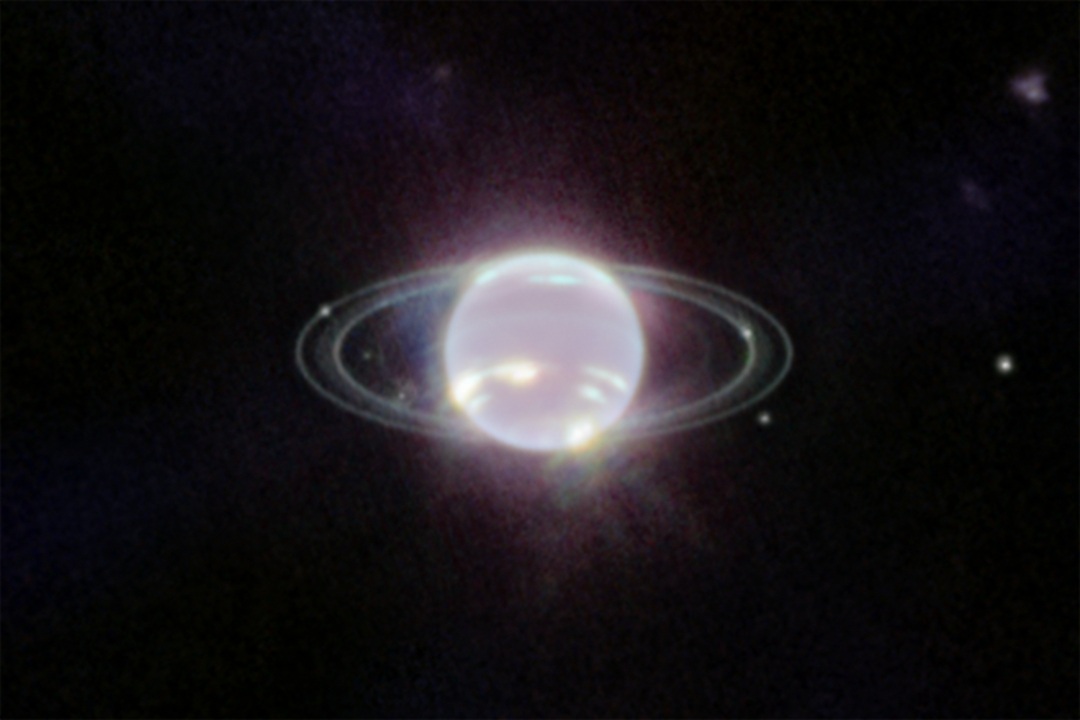
Neptune has thin rings with bright clumps called arcs that refuse to spread out evenly. Over years the arcs fade and shift yet somehow hang together instead of smearing into a smooth loop. Moons nearby may herd the clumps, but the details do not add up cleanly. The arcs seem to change on human timescales, which is rare for rings. Keeping them corralled without falling apart for so long is still not fully solved. New images suggest changes within only a few years, hinting at a delicate balance of gravity, collisions, and hidden, shifting dust.
6. Galaxies With Little Dark Matter
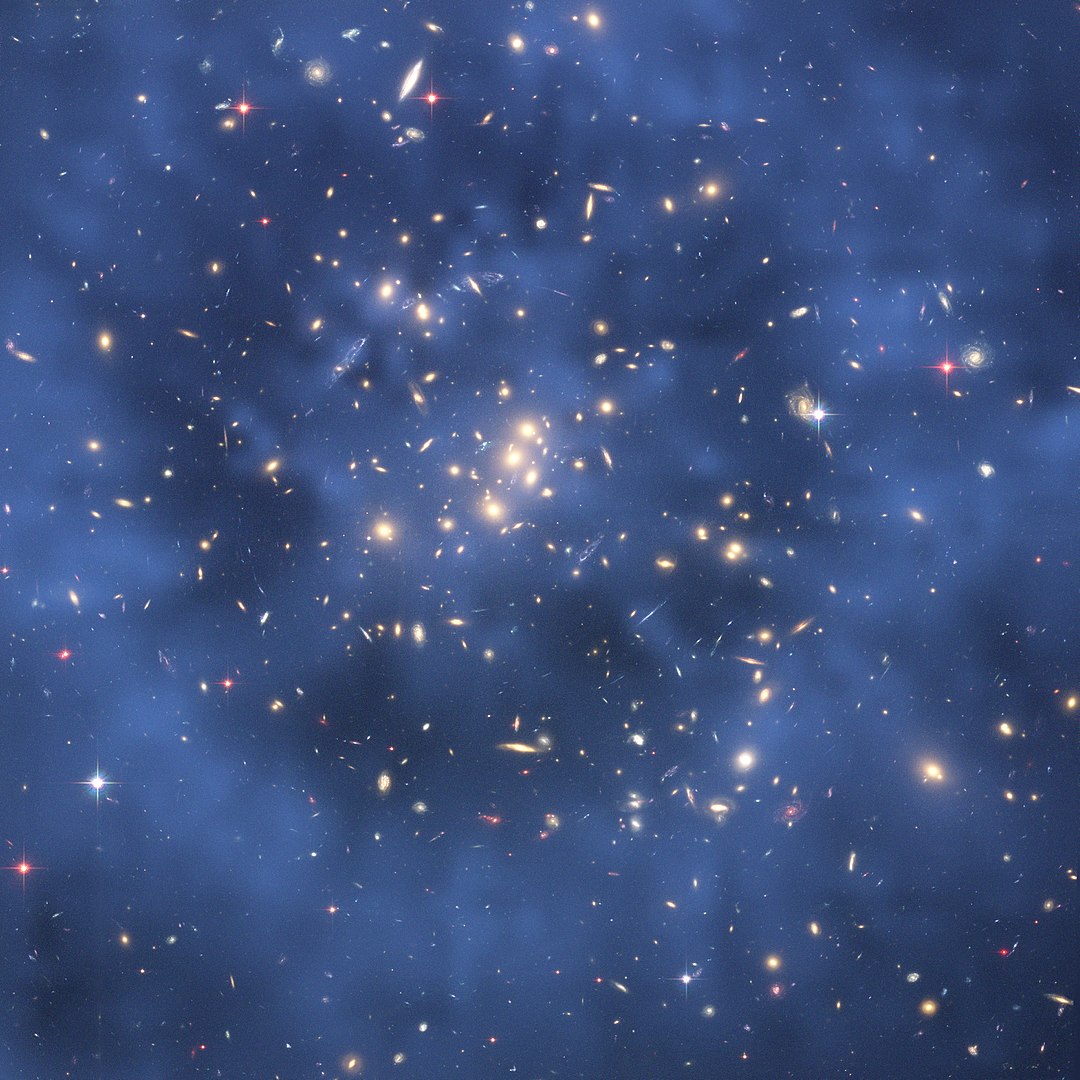
A few faint galaxies were reported to move as if they had very little dark matter. Later studies argued the distances might be wrong, which would change that claim. Fresh data still leaves room for doubt in both directions. If some galaxies truly lack dark matter, that bends big ideas about how galaxies form. If not, it is a lesson in how tricky measurements can be. Either way, these objects remain at the center of an active debate. Telescopes keep improving distance checks and motion maps, so the verdict may arrive soon, but for now the puzzle stays open.
